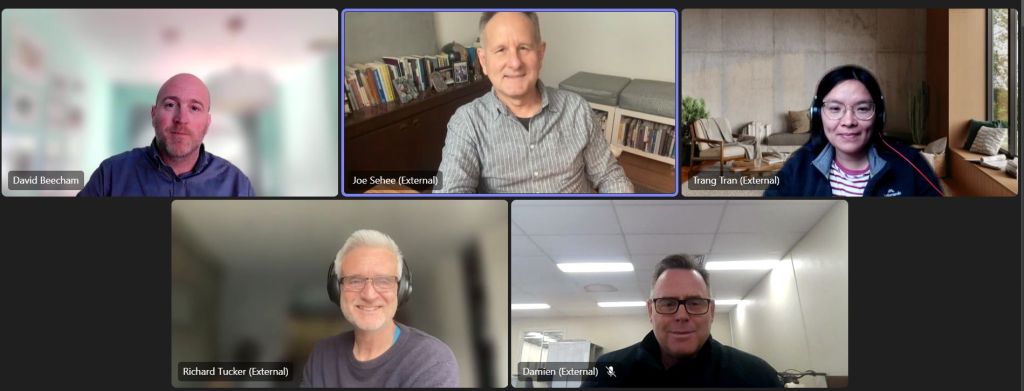
Fostering social connectivity and positive health outcomes for residents in new models of housing
I am thrilled to announce a groundbreaking collaboration with Development Solutions Australia and Deakin University through an Australian Government Department of Education National Industry PhD project tackling key challenges in the social-disability housing sector.
The project explores the use of strategies designed to foster social connectivity and positive health outcomes for residents in new models of housing envisioned to include a mix of people who may be financially disadvantaged, living with disabilities, and/or elderly. This housing will also integrate the use of modular/prefab construction.

Deakin University’s Perspective from Professor Richard Tucker
“To address Australia’s evolving housing needs, we must move beyond traditional design models. With Australia’s diverse cultural makeup and the increasing numbers of people living with disabilities and aging populations, our research at HOME focuses on understanding and designing for this diversity. This groundbreaking collaboration with Development Solutions Australia and Deakin University aligns perfectly with our goal to develop universal design solutions that cater to various cultural backgrounds, ages, and abilities. By integrating higher degree research insights and industry innovations, we are committed to creating housing that supports every individual’s well-being and fosters inclusive communities.”
From Damien Crough, Principal of Development Solutions Australia and industry supervisor: “This project is aligned with our company’s goal of better serving the housing needs and health of disadvantaged/marginalised communities. The National Industry PhD Program is an incredible opportunity with much potential for social impact as well as for commercialisation.”
Student Perspective from Joe Sehee, PhD Candidate at Deakin University:
“As someone who had previously experienced loneliness living in a single-family detached home and who now resides in an intentional community which includes of people living with disabilities and aging in place, I know full well the health benefits associated with living in a place where people look after one another. This project builds upon the pioneering work I’ve been involved with heading up Social Health Australia where I’ve been helping to bring to the fore new ways of forging meaningful human connection.